More Than Just Scribbles: What Your Kid’s Coloring Really Means
As someone who’s spent a couple of decades deep in the world of child development, I’ve seen it all. High-tech learning gadgets, subscription boxes, fancy educational toys… you name it. And honestly? Most of them come and go. But the one tool I’ve seen work wonders, time and time again, is the humble crayon.
In this article
It’s so easy for us parents to see coloring as just a quiet-time activity, a simple way to keep the kids occupied while we make dinner. But when you know what to look for, watching a child color is like getting a detailed report on their development. It tells you everything about their coordination, their ability to plan, and even how they’re feeling.
This isn’t just about making cute pictures for the fridge. It’s about building the bedrock skills for school and life. The simple act of dragging a crayon across paper strengthens hands for writing, trains eyes to focus, and teaches the brain to solve problems. Let’s look past the colorful pages and see the real magic happening underneath.
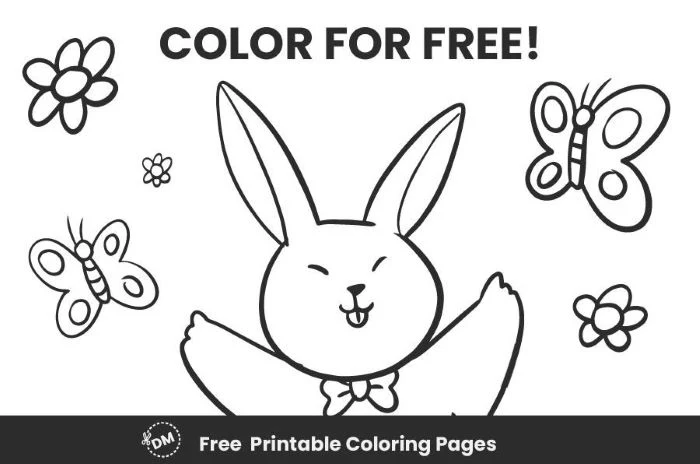
The Real Work Happening in That Coloring Book
When your little one is coloring, their brain and body are getting a serious workout. It looks like play, which is why it’s so brilliant. But understanding what’s going on mechanically can help you appreciate their efforts even more.
Building a Better-Connected Brain
Coloring is fantastic for something called bilateral coordination—a fancy term for using both sides of the body for different tasks. Think about it: they hold the paper steady with their non-dominant hand while coloring with their dominant one. This simple action strengthens the communication between the brain’s left and right hemispheres. It’s the same skill they’ll need for tying shoes, using scissors, or playing an instrument.
The brain’s frontal lobe, the ‘CEO’ in charge of planning and organization, is working overtime. Choosing a color, deciding where to put it, and trying to stay in a line… that’s all high-level executive function for a little kid. They’re making a plan and executing it. It’s problem-solving in its purest form.
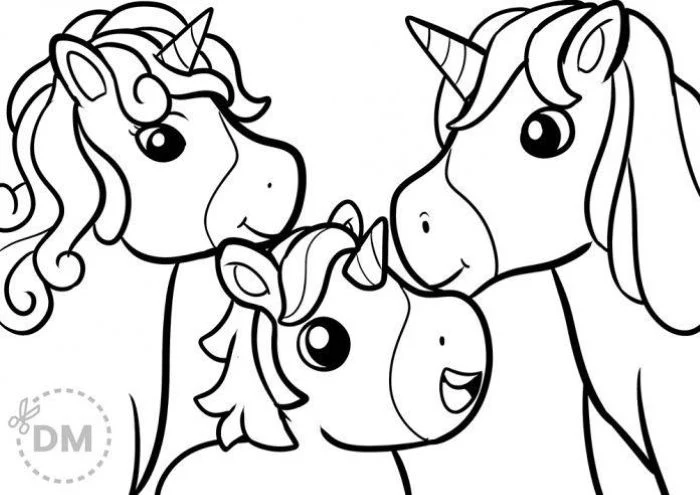
How a Strong Grip Actually Develops
Okay, this is probably the most important physical benefit: developing fine motor skills for a proper pencil grip. This doesn’t happen magically overnight. It follows a pretty predictable pattern.
- The Fist Grip (Around 1-2 years old): Toddlers will grab a crayon in a full fist, called a palmar grasp. They use their whole arm and shoulder to make big, sweeping marks. This is a crucial first step! They’re building the shoulder stability that all other fine motor skills depend on.
- The Finger Grasp (Around 2-3 years old): As they get stronger, you’ll see them start pointing their fingers toward the tip of the crayon. Control is moving from the shoulder down to the wrist and forearm muscles.
- The Tripod Grasp (Around 3.5-5 years old): Eventually, they’ll land on the classic three-finger grip. The crayon is held by the thumb and index finger, resting on the middle finger. This is the efficient grip needed for writing, allowing for precise control from the small muscles in the hand.
Heads up: Don’t panic if your 3-year-old still uses a fist grip sometimes! Development is a process, not a race. This is just a general guide to what’s happening behind the scenes. Without the hand strength built during these stages, kids can really struggle with writer’s cramp and fatigue in school. Coloring is the natural, playful way to get those muscles ready for a lifetime of use.
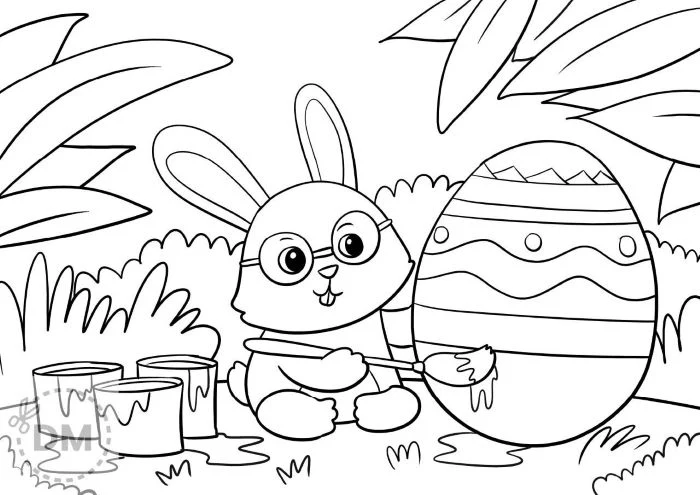
How to Guide Your Little Artist Like a Pro
Your role here isn’t to create a mini-masterpiece. It’s to facilitate development. A few simple tweaks can prevent a lot of frustration and make coloring way more beneficial.
Setting Up the
Inspirational Gallery
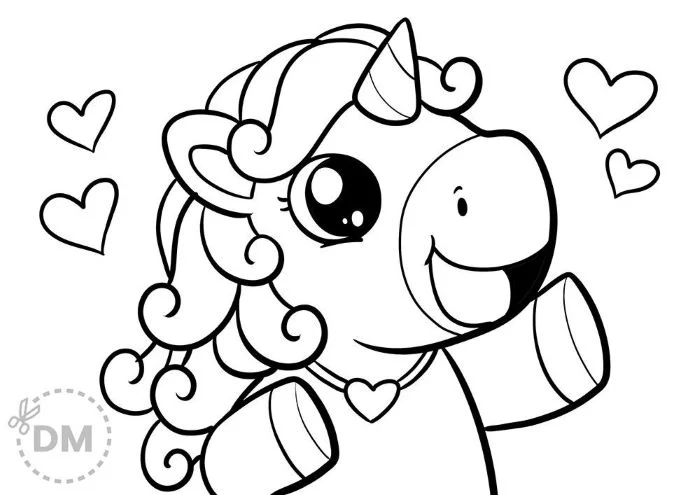
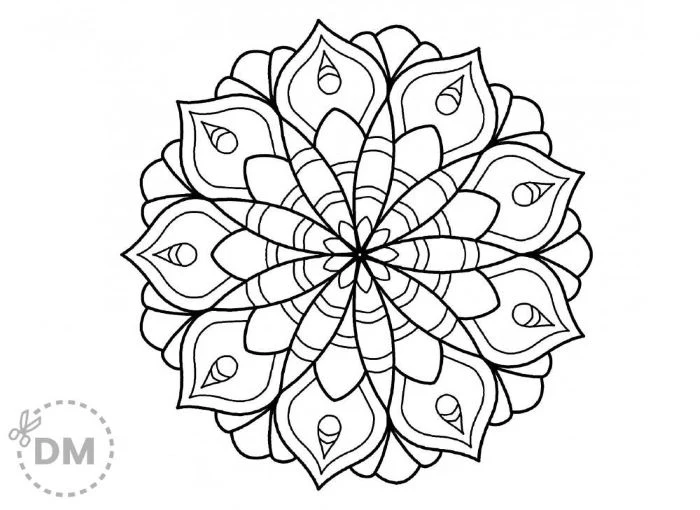
Chunky Crayons: Perfect for toddlers. Their large size helps develop the ‘palmar grasp’—the whole-hand grip that comes before finger control. Think Crayola Jumbo or the non-toxic Honeysticks beeswax crayons.
Triangular Pencils: Ideal for preschoolers (ages 3-5) moving toward writing. The shape, like in Faber-Castell’s ‘Grip’ line, naturally guides fingers into the tripod grip, strengthening hand muscles for school.
The goal isn’t just to make a mark, but to match the tool to their developmental stage to build skill with confidence.
Do their color choices actually mean something?
Yes, but it’s more of a conversation starter than a strict diagnosis. A sudden shift to using only black or dark brown might reflect a somber mood, while a burst of yellow could signal excitement. Instead of interpreting, ask. A gentle prompt like, “I see you used a lot of red here, it’s so energetic! Tell me about this part,” turns their art into a bridge for communication.










